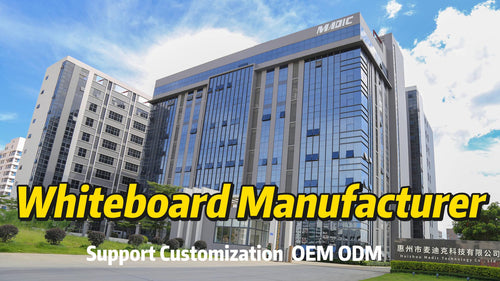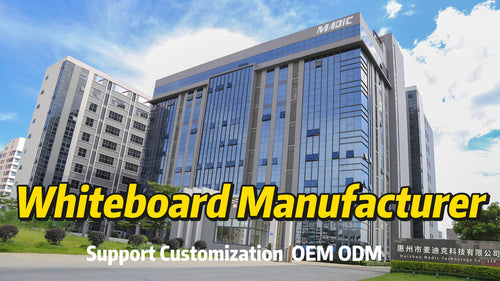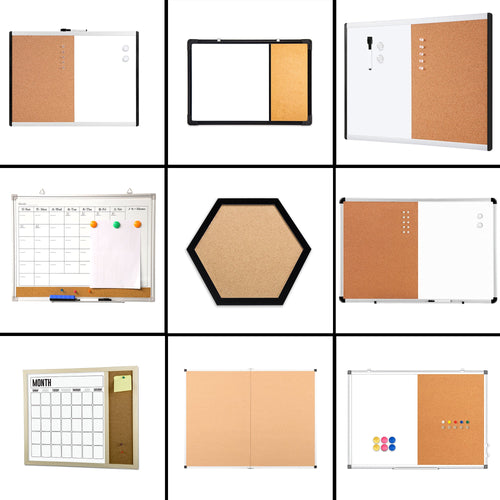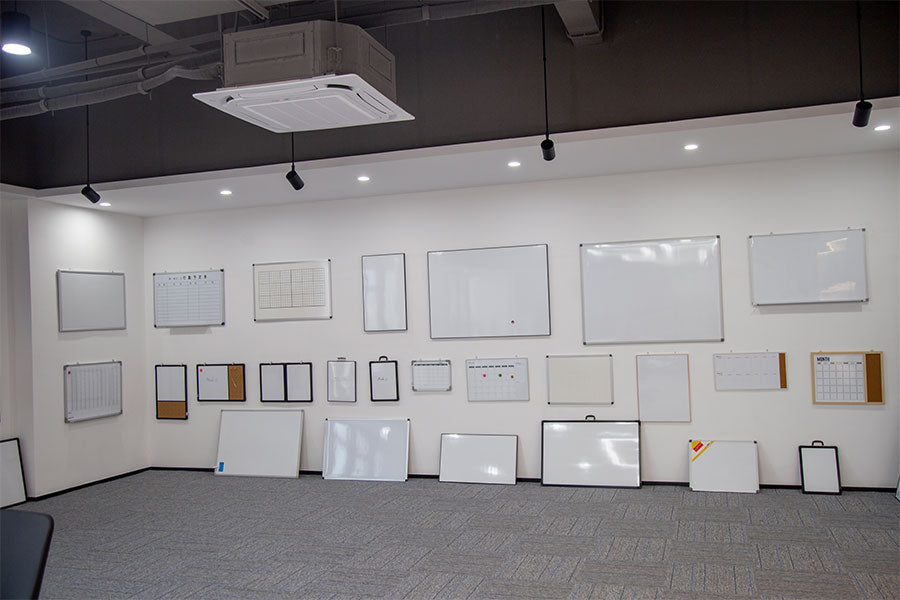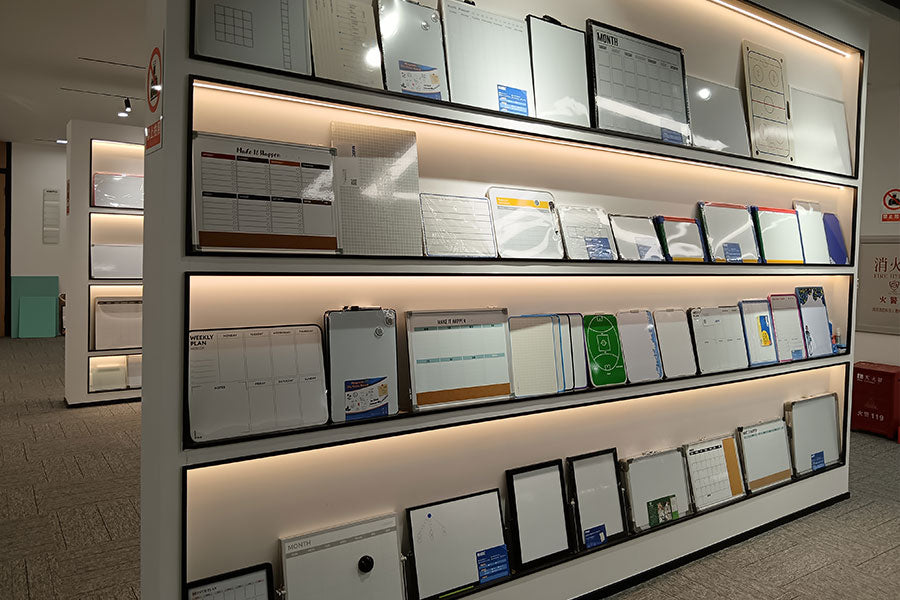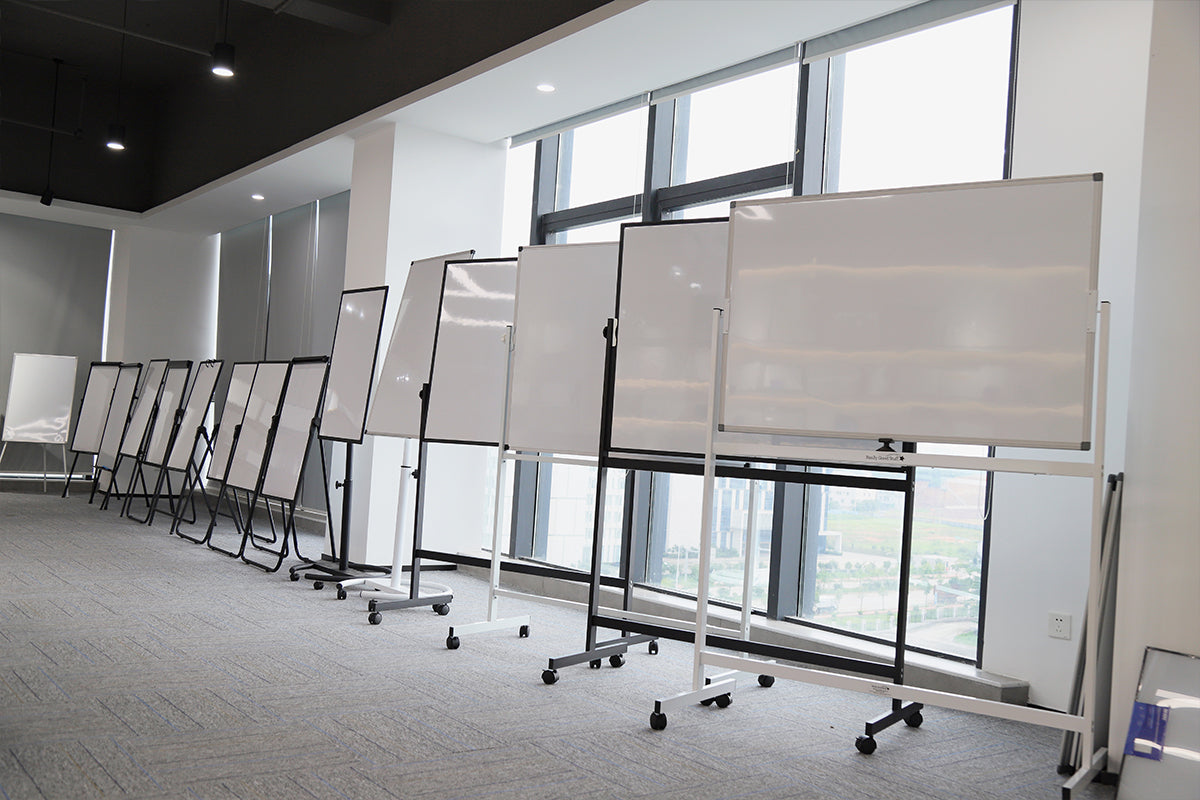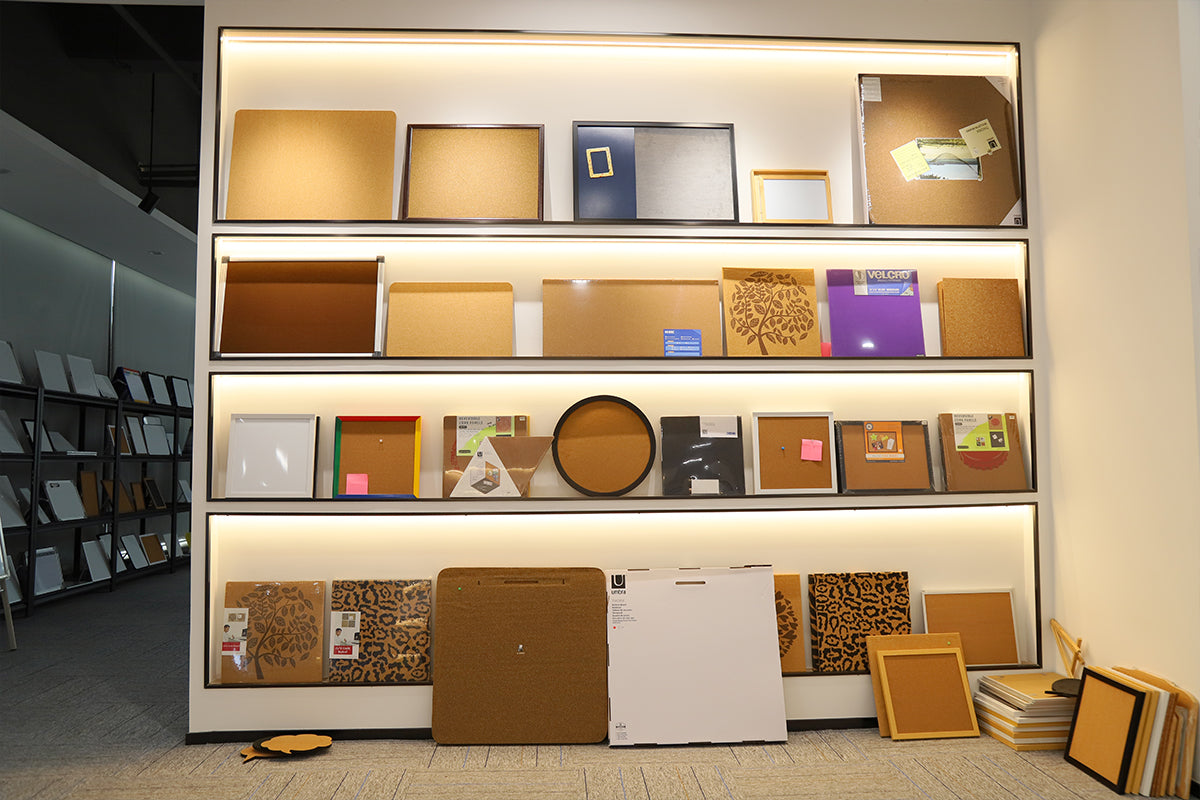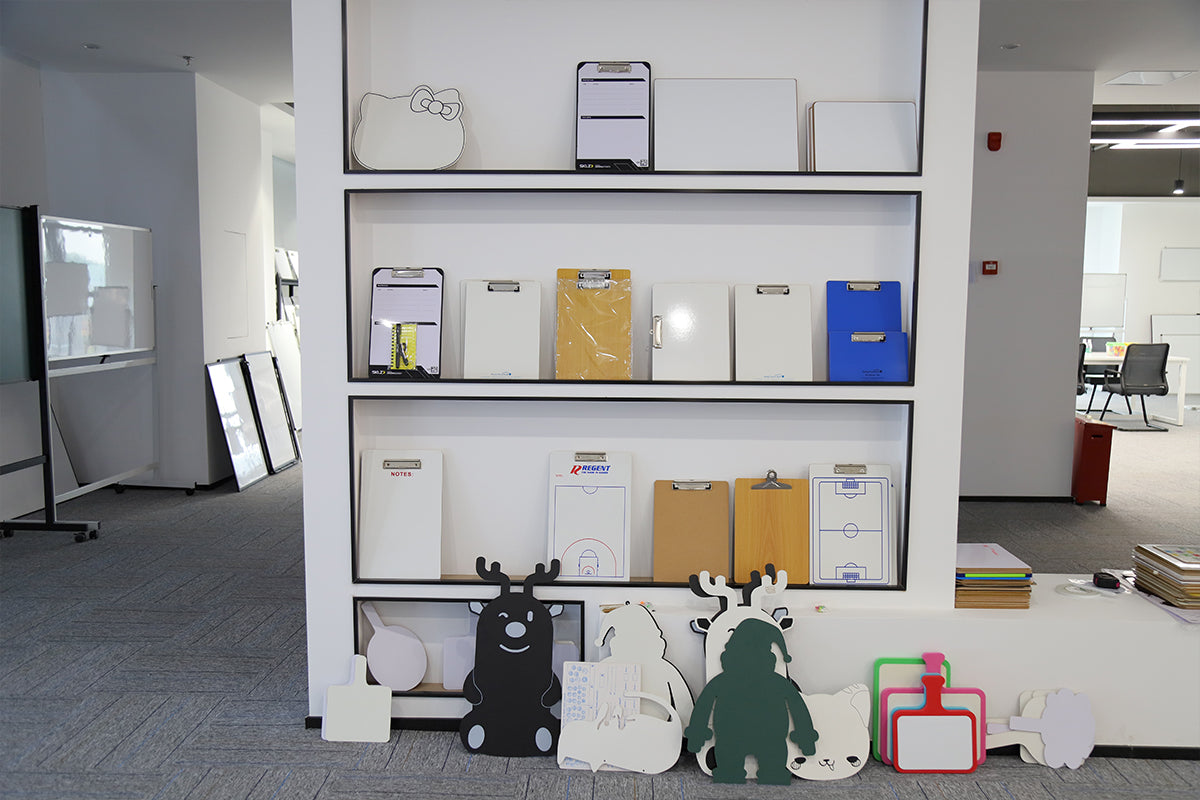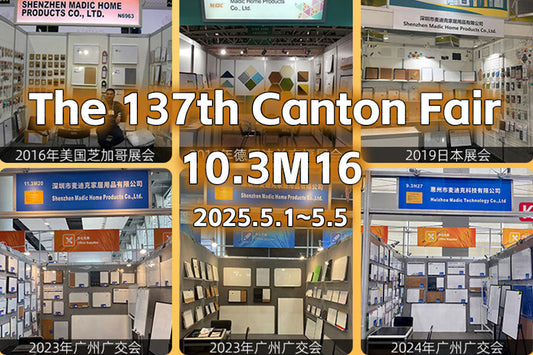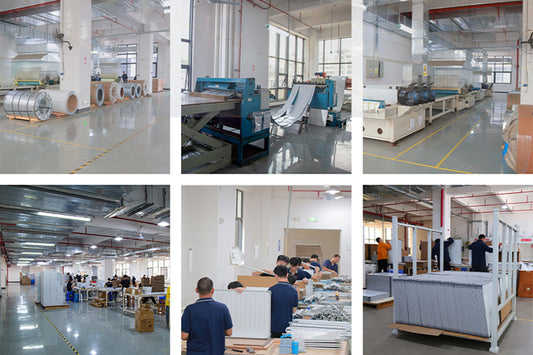How is a magnetic whiteboard made?
Have you ever wondered how magnetic whiteboards are made? These versatile tools are commonly used in classrooms, offices, and homes for brainstorming, organizing, and presenting information. In this blog post, we will take a closer look at the manufacturing process of magnetic whiteboards and the materials that make them so effective.

What are magnetic whiteboards made of?
Magnetic whiteboards are typically made of a few key components: a steel or aluminum sheet, a white coating, and a magnetic receptive layer. The steel or aluminum sheet serves as the base, providing a sturdy and durable surface for writing and erasing. The white coating, usually made of porcelain enamel or melamine, is applied to the surface to create a smooth and glossy finish. Lastly, a magnetic receptive layer is added to allow magnets to stick to the board.
How are magnetic whiteboards manufactured?
The manufacturing process of magnetic whiteboards involves several steps:

1. Preparing the base material
The first step is to prepare the steel or aluminum sheet that will serve as the base of the whiteboard. The sheet is cleaned and treated to ensure proper adhesion of the white coating.
2. Applying the white coating
Next, the white coating is applied to the surface of the base material. This can be done through a process called electrostatic powder coating, where a dry powder is sprayed onto the surface and then baked in an oven to create a smooth and durable finish.
3. Adding the magnetic receptive layer
After the white coating has been applied and cured, a magnetic receptive layer is added to the surface. This layer is typically made of a mixture of iron particles and resin, which allows magnets to stick to the board.
4. Quality control and finishing touches
Once the magnetic receptive layer has been applied, the whiteboard undergoes a series of quality control checks to ensure that it meets the required standards. Any imperfections or defects are addressed, and the board is then packaged and prepared for distribution.

Why are magnetic whiteboards so effective?
Magnetic whiteboards offer several advantages over traditional non-magnetic whiteboards. The ability to use magnets allows for easy attachment of documents, notes, and other materials, making them ideal for collaborative work and presentations. Additionally, the smooth surface of a magnetic whiteboard is easy to write on and erase, providing a seamless and efficient writing experience.
So, the next time you use a magnetic whiteboard, take a moment to appreciate the careful manufacturing process that goes into creating this versatile tool. From the base material to the magnetic receptive layer, each component plays a crucial role in making magnetic whiteboards an essential tool for brainstorming, organizing, and presenting information.

